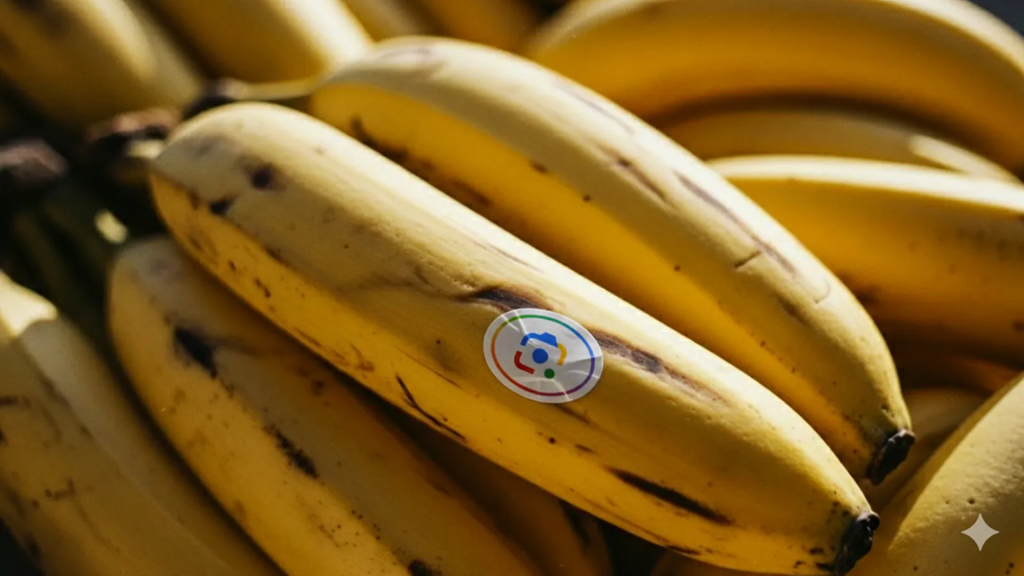Google’s newest AI visual model from Gemini 2.5 Flash, known as Nano Banana, is now rolling out inside Google Search and NotebookLM, with Google Photos next on the menu. Google hopes you’ll enjoy employing the generative AI model while it’s embedded right inside the tools you already use.
In Google Search, Nano Banana shows up via Google Lens and AI Mode. Tap the new ‘Create’ tab and you’ll be able to point your phone at an object, select an image, or upload a photo and ask the AI to transform it however you like. You can also generate images entirely from scratch using AI Mode and whatever prompt you like.
Meanwhile, in NotebookLM, Nano Banana is working behind the scenes to supercharge the Video Overviews tool that turns your uploaded documents into narrated explainer videos.
You may like
Now, those overviews come with six new visual styles: Watercolor, Papercraft, Anime, Whiteboard, Retro Print, and Heritage. You can also switch between two types of videos: a deep-dive ‘Explainer’ and a much smaller ‘Brief’.
You select the documents or notes you want summarized, hit “Video Overview,” and customize the resulting video using dropdown menus or inline text prompts. The new visuals aren’t just decorative, either, they’re also context-aware. Nano Banana pulls illustrations from the content of your documents, meaning the animations relate to what’s being said rather than slapping on stock visuals.
There are a lot of people who might find Nano Banana helpful in both apps whether it’s students using NotebookLM to prep for finals or mocking up posters in Lens for a work presentation. It’s a bit like a visual version of the autocomplete and Gmail Smart Replies offered by Google already.
Nano Banana split
Google’s efforts here are familiar to those looking at how AI tools are appearing in existing software. Microsoft’s Copilot is part of Edge and Office, while OpenAI’s models are used in more and more third-party apps. Adobe is keen to make AI image tools available in Photoshop and beyond, including using Nano Banana.
Google has some advantage just in the quality of Nano Banana, which the company claims has been used to create more than five billion images. It offers a level of consistency that people like, preserving facial details, object layout, and style across images.
Of course, it’s not perfect and sometimes prompts get misinterpreted or mistakes crop up. But for many users, the tradeoff between speed and polish is more than acceptable.
Google promises that this isn’t the end of Nano Banana’s expansion. Google Photos will have access to the model too, likely allowing for more stylized, editable versions of your existing photo memories.
Unless, of course, you just want to use the new Nano Banana-enabled camera equipment that’s now available for sale.
Follow TechRadar on Google News and add us as a preferred source to get our expert news, reviews, and opinion in your feeds. Make sure to click the Follow button!
And of course you can also follow TechRadar on TikTok for news, reviews, unboxings in video form, and get regular updates from us on WhatsApp too.

